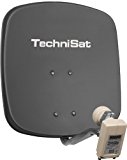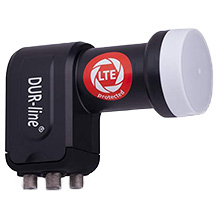Satellite receiver with hard drive purchasing advice: how to choose the right product
- The most important facts in brief
- Satellite receivers with a hard disk can not only receive television and radio programmes. They can also watch pictures and videos stored on the hard disk.
- They can not only record programmes, but also store them on their internal hard disk.
- Many satellite receivers with hard disks are network-compatible and can be easily connected to the Internet.
Satellite receivers with hard disk – the functional all-rounders
A satellite receiver with a hard disk serves to receive television programmes and radio stations. For this purpose, a satellite system is required, which is installed on the roof of the house, for example. In simplified terms, this is also called a satellite dish, which transmits the signals to the satellite receiver. Satellite receivers with a hard disk are used, for example, in the living room, in the children’s room or in the bedroom.
Basically, a satellite receiver with a hard disk works just like a conventional model. It functions as an interface between the satellite system and the TV set. A signal is sent to the receiver via a cable connected to the satellite system. The receiver converts the signal so that the TV programme can be displayed on the TV set.
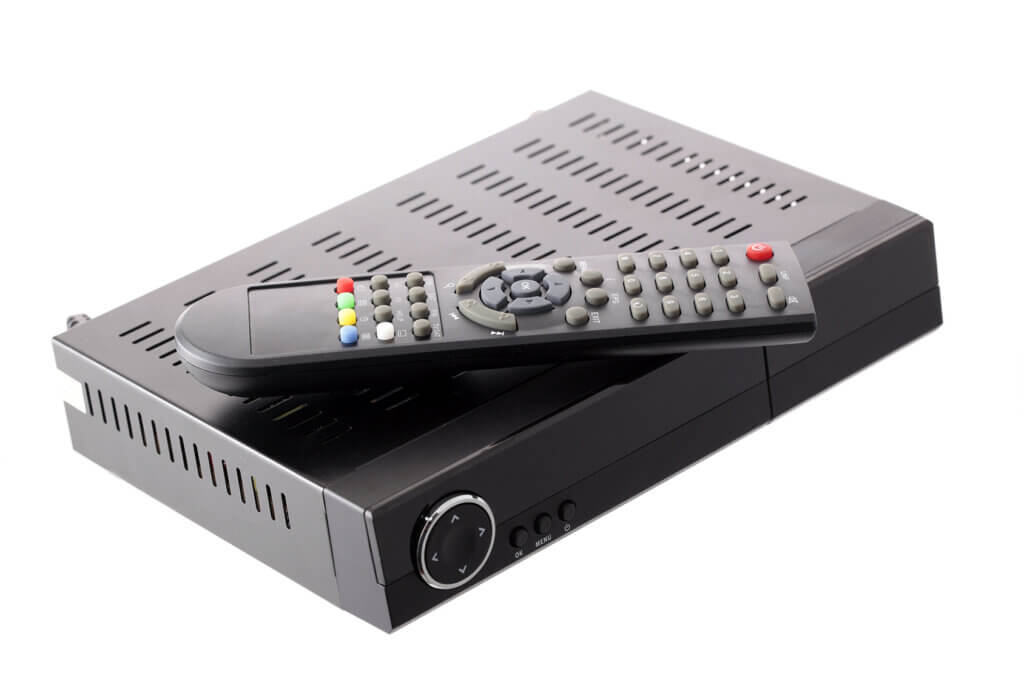
In contrast to simple satellite receivers, a satellite receiver with a hard disk offers additional functions: on the one hand, the built-in hard disk, which is particularly practical if users cannot watch a certain programme but want to record it easily and save it on the hard disk. Secondly, with some satellite receivers, pictures and videos can be called up from the hard disk. Many models are also internet-capable, so that users can access certain streaming services directly via the satellite receiver.
The different versions
Satellite receivers with a hard disk differ from one another primarily in the way they are equipped or in their functionality. A distinction is made between six different variants:
- HDTV receiver
- Dual tuner
- Twin tuner
- Triple tuner
- Quattro tuner
- Twin Quattro Tuner
A dual tuner is necessary if someone wants to watch a programme on one reception path and record another programme on the other reception path. If users want to watch a programme on the same reception path and record another programme at the same time, the satellite receiver with hard disk should at least have a twin tuner. If you want to watch TV via all possible reception modes, you need at least a triple tuner. If a TV set is to be used in a room where there are no connections for a satellite receiver, a satellite receiver with a Quattro tuner makes sense.
HDTV receiver
Not every receiver is designed to receive HD channels. However, today’s modern devices usually support the reception of HD channels as standard. To be able to receive HD channels, a DVB-S2 connection is absolutely necessary. If this is not available, users will only see a black picture. With a DVB-S2 connection, free HD channels can be received. For paid channels, a so-called CI slot and a corresponding card are required.
Advantages
- Reception of HD programmes
- HDTV receivers meet today’s standards
Disadvantages
- DVB-S2 connection absolutely necessary
- CI slot and card required for reception of chargeable HD channels
Satellite receivers with dual tuner
Satellite receivers with a hard disk and dual tuner can receive two different signals at the same time, for example, DVB-T and DVB-S. This means that users can watch one programme with one signal and record another programme with the other signal. This gives users the option of watching a programme with one signal and recording another programme with the other signal at the same time and storing it on the integrated hard disk.
Advantages
- Simultaneous reception of two different types of reception
- Support for reception of HD programmes
Disadvantages
- With DVB-C (cable TV) channel change during recording sometimes difficult
Satellite receiver with twin tuner
Basically, the twin tuner is similar to the dual tuner – with the difference that it can only receive two different programmes simultaneously on the same reception mode, but not on different reception modes. Here, too, problems can arise during recording. It is possible to watch one channel in the same reception area and record another during the same time. However, if you switch from one reception area to another, the recording is usually interrupted; the unit then records the changed TV programme.
Advantages
- Simultaneous viewing and recording of two different programmes in the same reception area
- Reception of HD channels
Disadvantages
- Recording problems when changing reception area
Satellite Receiver with Triple Tuner
As the name suggests: A triple tuner in a satellite receiver with hard disk can receive three different types of reception simultaneously. These are DVB-C (cable television), DVB-S (satellite television) and DVB-T (antenna television). Users can thus access all reception types that are currently available at the same time. Triple tuners are also available as HD versions, with which reception of HD channels is possible.
Advantages
- Support of all available reception types (DVB-C, DVB-S and DVB-T)
- Simultaneous reception of programmes from different reception modes
Disadvantages
- Simultaneous reception of two different programmes of the same reception type impossible
Satellite receiver with Quattro tuner
The Quattro tuner is – at least compared to the other tuners – still relatively new on the market. In addition to the three standard reception modes, it also supports IPTV (Internet Protocol Television). The DVB signals are transmitted via the LAN or Wi-Fi network. This means that users can watch TV wherever the TV set can establish a connection to the home network.
Advantages
- Support of the three common types of reception (DVB-C, DVB-S and DVB-T)
- Reception of programmes via your own network
- Flexible use of the output devices
Disadvantages
- With thick (concrete) walls, IPTV can be difficult to use
- Simultaneous reception of two different programmes of the same reception type impossible
Satellite receiver with twin-quattro tuner
The twin-quattro tuner is the latest tuner technology currently available on the market. It combines the features of the twin or dual tuner with those of a quattro tuner. With the twin-quattro tuner, two different TV programmes can also be received simultaneously. The difference is that the dual tuner has two outputs of the same reception signal (for example DVB-T).
Advantages
- Simultaneous reception of two different TV channels from different reception areas
- Reception of HD channels possible
- Reception of TV programmes via the home network
Disadvantages
- Changing the reception area during a recording is problematic
What matters when buying
Satellite receivers with a hard disk are part of modern technology. It is not always easy to find the right device for you among the different variants. However, the fact that there are so many variants is not necessarily a disadvantage – after all, every consumer has different demands on such a device. On the other hand, it is not easy, especially for laypeople, to choose the right satellite receiver with a hard disk. To get an initial overview, here are some aspects that interested buyers should pay attention to.
The choice of interfaces
Especially if consumers still have older TV models, the interfaces are an important criterion when buying a satellite receiver with a hard disk. If the TV set does not have an HDMI connection, buyers should make sure that the satellite receiver is equipped with a Scart connection. Although HDMI is the current standard, there are also modern satellite receivers that have a Scart connection in addition to the HDMI connection. However, the HDMI connection should be available in any case – especially if the user buys a new and modern TV set to which he also wants to connect the satellite receiver with hard disk.
Other practical features include USB ports and a CI slot for the reception of paid HD programmes. In the meantime, some models offer the option of connecting various terminal devices to the satellite receiver via Bluetooth.
Functionality and menu navigation
Both the functionality in general and the menu navigation are probably the most important points for a satellite receiver. With some models, the menu navigation is too complicated and the many functions are sometimes incomprehensible or difficult to find. If, for example, the recording of a particular programme is too cumbersome or works only with difficulty, one should refrain from buying.

For many users, sorting the channel list is also important. With some models, however, the channel list cannot be sorted and the channel search function is also too complicated.
The capacity of the hard disk
If users want to record a relatively large number of programmes, store them on the hard disk and also view photos and videos on the hard disk of the satellite receiver, a correspondingly large hard disk is required. A size between 500 and 1,000 gigabytes is common for satellite receivers with a hard disk, although there are also more and more models with a storage capacity of 2,000 gigabytes.
The price
For many consumers, cost also plays an important role. However, this often leads them to be guided only by the price. Accordingly, they mistakenly assume that only the most expensive product can be the best, whereas a cheap product cannot meet expectations. However, this is not infrequently a fallacy, because there are also very many inexpensive satellite receivers with a hard disk that are convincing in terms of both performance and features.
Consumers should therefore not only concentrate on the price when looking for the right satellite receiver with a hard disk. Ideally, they should look at models from different price ranges in advance and compare them with each other. In any case, price and performance should match.
Tips on cleaning and care
Like any technical device, a satellite receiver with a hard disk must be cared for and cleaned so that users can enjoy it for a long time. Technical devices in particular attract a lot of dust. If this dust is not removed regularly, the satellite receiver with hard disk may eventually stop working properly.
Cleaning
For the remote control, it is sufficient to wipe it briefly with a damp cloth – ideally a soft microfibre cloth. Even satellite receivers with hard disks are not spared dust. If it is not removed regularly, it can impair operation. First, users should remove the dust in a dry place. For this purpose, they can use a hoover – but only with a special dust brush so that the nozzle does not touch the device, as this could lead to scratches. To be on the safe side, the suction power should also be minimised.
For wet cleaning, users use a soft, damp (but never wet) microfibre cloth. There are also special cleaning agents on the market that are especially suitable for technical devices. In general, however, aggressive cleaning agents are taboo.
Do not forget to switch off
When wet cleaning, the satellite receiver with hard disk should be switched off. Ideally, users should pull the plug out of the socket. After cleaning, the device should remain switched off for at least half an hour.
The care
Maintaining a satellite receiver with a hard disk also means that users must perform a regular channel scan. New programmes are often added or old programmes are discontinued. In addition, it is important that the satellite receiver is always kept up to date so that the device can perform its full function. To this end, users should regularly check the device for updates and carry them out.
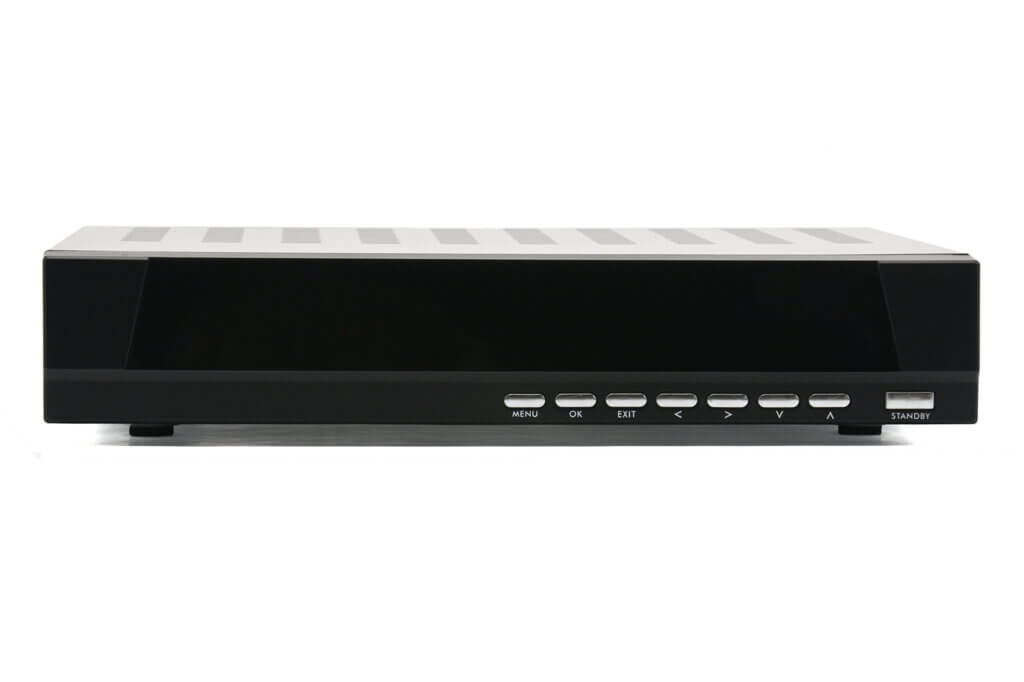
Many users stack their electrical appliances. For example, the satellite receiver is placed on top of a DVD player or they place another device on top of the satellite receiver. However, this is not advisable, because it more or less restricts the ventilation of the unit. However, this is important for the smooth operation of the unit. If the satellite receiver with hard disk is not sufficiently ventilated, the technology inside can suffer great damage.

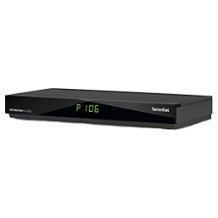
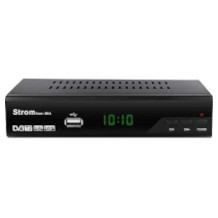
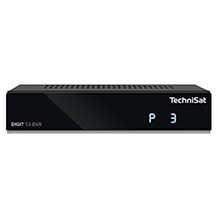
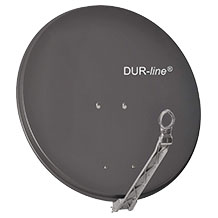
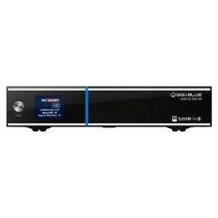
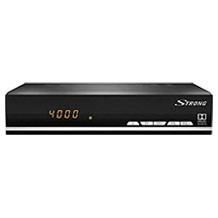
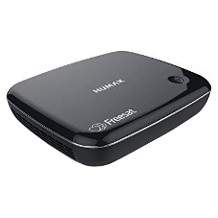
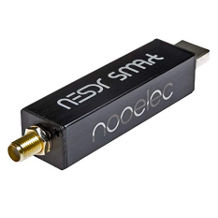
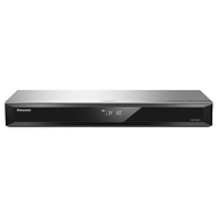

 417 reviews
417 reviews
